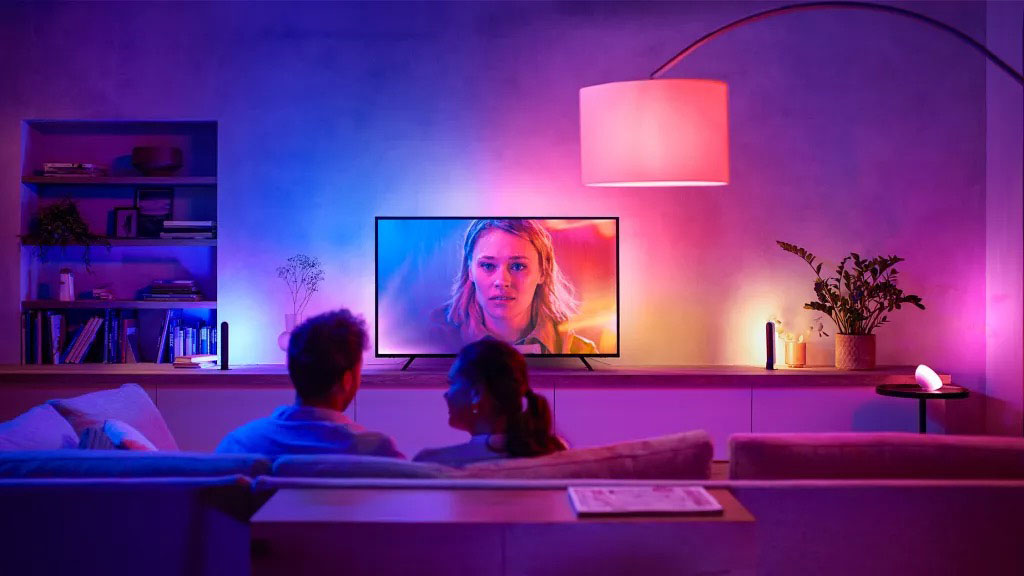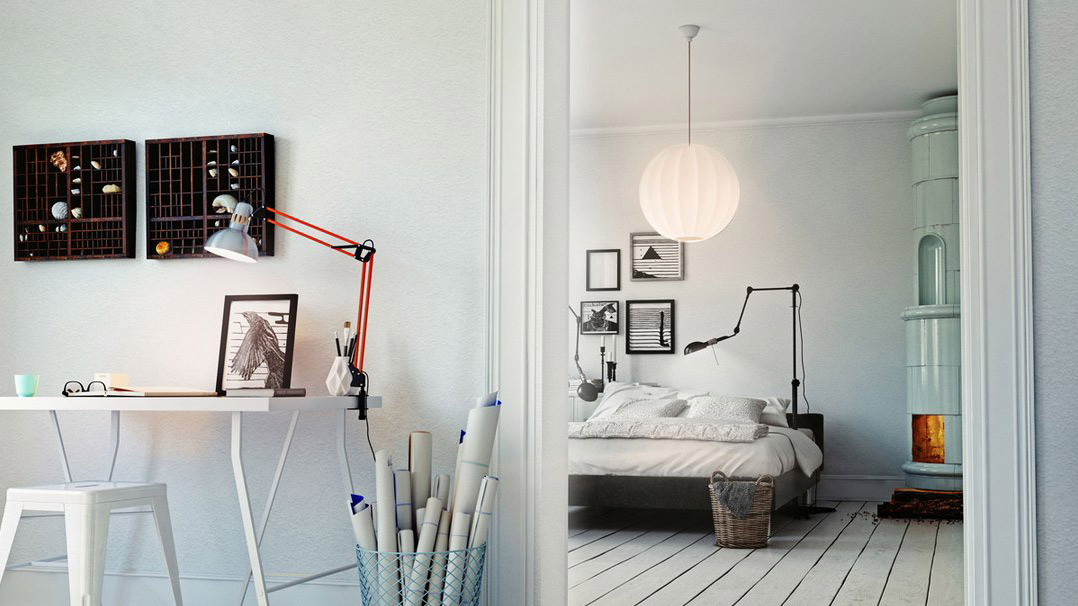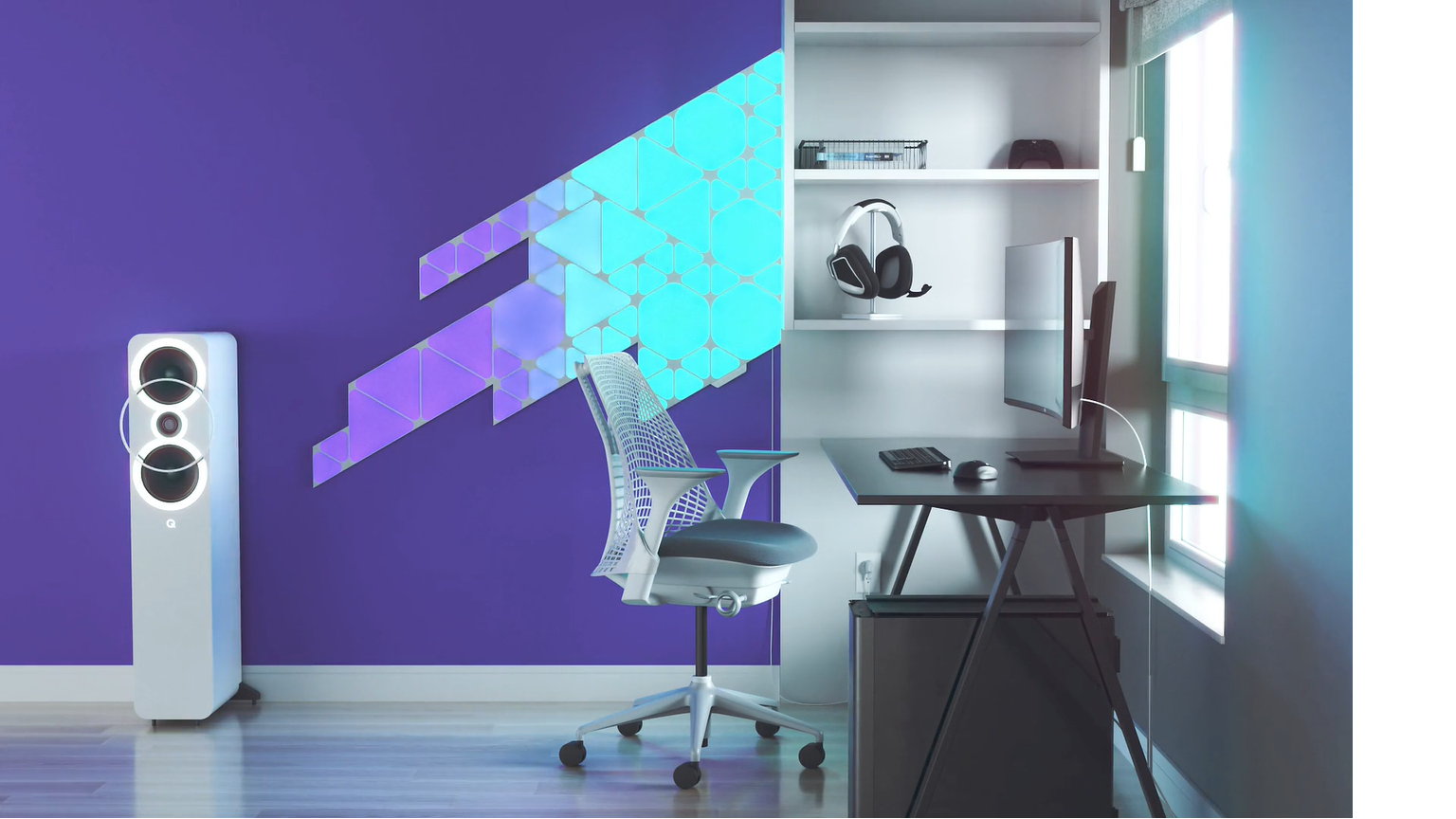Fed up of standard white light bulbs in your home? Maybe you crave the ability to create dramatic mood lighting with a range of different hues? Or perhaps you want lights that switch on automatically when you’re not at home to deter intruders?
Here’s where the best smart lights come in - as well as allowing you to pick from millions of different colors or tones of white light, they can also be controlled by your smartphone, even when you’re miles away.
However, if you’re not entirely sure how these smart home devices work, what you can actually do with them and how you can use them to automate your home, we’re here to demystify things.
Want to get your hands on the best smart light bulbs now? Check out these great deals for some of the best on the market.
How do smart lights work?
Smart light bulbs are one of the most popular smart home devices on the market today. According to Statista, the smart lighting market is projected to be worth $105.2bn by 2023 - up from ‘just’ $8.68 billion in 2018. It’s not hard to see why as these handy gadgets can really make life a little easier.
Smart light bulbs work in the same way as many of the best smart home devices, by using wireless technologies to connect to your smartphone and allow you to control the bulb from an app.
Some smart bulbs use Bluetooth to pair directly to your phone, but as this is a point-to-point connection you won’t be able to control them when you’re not at home. Other smart bulbs use the wireless protocols Z-Wave or Zigbee, which are slightly faster than Bluetooth and allow several devices to be controlled at the same time.
However, they can’t be controlled when you’re not at home unless they are used with an optional hub (also called a bridge). This relays commands from your smartphone to the cloud and back to the smart light, if you’re not connected to the same Wi-Fi network. This means if you’ve left for the day but forgot to turn the bathroom light off, you can simply open the app and switch the light off remotely - no more wasting energy until you get home.
These hubs don’t have to be made by the same manufacturer as the smart lights, however; for example, the Amazon Echo (4th generation) doubles as a Zigbee compatible smart hub.
When Philips first launched Hue smart lights they couldn’t be set-up without a bridge, which was supplied in starter kits with two or three bulbs. However, newer iterations of the smart lights feature Bluetooth so they can be controlled when you’re in the house, and can be paired with an optional bridge if you want to control the lights remotely.
Notably, LIFX is one of the few exceptions of Zigbee devices that doesn’t require a bridge to be controlled remotely as it offers its own cloud service to relay commands to its bulbs when you’re away from the house.
If you have an iPhone and the smart lights you choose are HomeKit compatible; for example Philips Hue and LIFX, you’ll be able to set them up through the Home app using the QR code that comes with the lights. However, if you want to control them remotely you will need a HomeKit hub such as a HomePod Mini or an Apple TV 4K.

As well as allowing you to switch the lights on and off from your smartphone, smart bulbs can also be brightened or dimmed from an app too, so you no longer need to leave your armchair to adjust the lighting or switch on a lamp.
Depending on the smart light bulb you opt for, the color of the bulb can be adjusted; pick from 16 million different hues to set the perfect ambiance or select a shade from cool white, which creates a fresh, bright, clinical type glow, to warm white - a similar shade to when the sun is setting that creates a warm cosy atmosphere.
Several smart light bulbs can also be grouped together; either all the bulbs in one room or all the bulbs on one floor for example, so you control them at the same time - whether that’s just switching them on or off, or ensuring each individual smart light gloves a particular color without having to manually adjust each bulb.
Some even offer a geofence feature that will ensure the light automatically switches off when you leave your house, providing you take your smartphone with you.
Many smart light bulbs such as those from LIFX and TP-Link, are designed to replace your existing light bulbs and come in a range of fittings, while others, including Philips Hue, also offer side lamps and ceiling pendants that replace your existing home furnishings. There are even some from the likes of Nanoleaf that are designed to be attached to the walls in your home to create illuminated art-like features.
Smart lights integrate with Alexa, Google Assistant and Siri too, and can be set to work with other smart home devices; for example dimming the light when your smart thermostat switches the heating on in the evening to ensure a cosy environment to relax in, or switching on if your home security camera detects motion to simulate occupancy and deter would-be intruders.
Not all smart lights work with all voice assistants, however, so make sure you check it will work with your current kit before you buy.
Which are the best smart lights?
The smart light bulb market is crowded, with stalwarts Philips Hue and LIFX up against newer brands including Nanoleaf - most of which offer a choice of different smart lights to pick from. We’ve rounded up the best from each of the big hitters to help you choose.

In our eyes these are the best smart light bulbs you can buy - not only do they let you pick from more than 16 million colors, they work with Alexa, Google Assistant and Siri, and as well as smart light bulbs, you can add to the system with side lamps, ceiling pendants, outdoor light and even wall-mountable light bars and strips to create unusual looks for your home entertainment set-up.
If you opt for newer versions of the smart light bulbs, you don’t need the bridge as they have Bluetooth built-in, but by opting for a starter kit with the bridge included you’ll be able to control them when you’re away from home too - but this does make them considerably more expensive.

If you want to control your smart light bulbs when you’re not at home, but you don’t want to use a hub, then these bulbs from LIFX are a good alternative. Just like Philips Hue, LIFX offers a range of smart light bulbs with different fittings, along with mountable wall lights, and they work with all three voice assistants too.
However, the crucial difference is they have Zigbee built-in, and connect directly to your Wi-Fi and they are also brighter than Philips Hue bulbs. LIFX A19/A60 bulbs offer 1,200 lumens - making them almost as bright as two 40w incandescent bulbs, whereas Philips Hue bulbs are dimmer offering slightly more light than a single 40w incandescent bulb. However, they’re also more expensive too.

Nanoleaf does offer traditional-looking smart light bulbs in its Essentials range, but we rate it’s range of hexagonal and triangular wall panels that illuminate different colors and can even pulse in time to music playing in the same room. A starter kit comes with nine of the same shaped panels that fit together and can be attached to your wall using sticky foam pads - although we found them difficult to remove once they’d been mounted on a wall.
These plastic panels don't look particularly attractive when they're not illuminated, and they are far more expensive than replacing your existing bulbs with smart versions. If you’d prefer square-shaped panels, then Nanoleaf Canvas is a better option - but they can’t be connected to these hexagonal and triangular shaped panels unfortunately.
- Check out these great smart home device deals
from TechRadar - All the latest technology news https://ift.tt/3qtSPBS
No comments:
Post a Comment